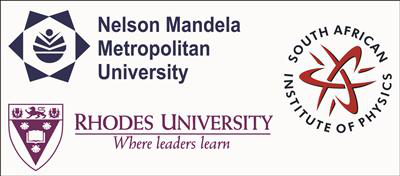Speaker
Level for award<br> (Hons, MSc, <br> PhD, N/A)?
PhD
Please indicate whether<br>this abstract may be<br>published online<br>(Yes / No)
Yes
Apply to be<br> considered for a student <br> award (Yes / No)?
Yes
Would you like to <br> submit a short paper <br> for the Conference <br> Proceedings (Yes / No)?
No
Abstract content <br> (Max 300 words)<br><a href="http://events.saip.org.za/getFile.py/access?resId=0&materialId=0&confId=34" target="_blank">Formatting &<br>Special chars</a>
A challenge for small wind turbines (<5kW) is the low Reynolds number regime in which they operate. This is due to their small size as well as the general low wind speed location (especially in the built environment). This research looks at an alternative approach from the conventional BEM (Blade Element Momentum) theory. Conventional BEM theory optimizes the blade design with the goal of maximizing the lift to drag ratio for the given aerofoil. The researched alternative approach considers the sensitivity of the lift to drag ratios relative to the Reynolds number, and therefor aims to optimize the design by considering “oversizing” the blade chord length in order to benefit from the higher Reynolds number. Other benefits would also include a flatter wind turbine power curve which would suite gusty and turbulent conditions better, as well as a higher turbine start up torque. Accurate wind measurements using a 3D sonic anemometer along with the turbine power and speed measurements will be used to develop the power curves for the proposed turbine. These power curves will then be compared to the curves of a conventional wind turbine of similar size. The expected results should show increased energy yield in low wind speed conditions as well as in turbulent and gusty conditions.
Main supervisor (name and email)<br>and his / her institution
Russell Phillips (russell.phillips@nmmu.ac.za) NMMU

